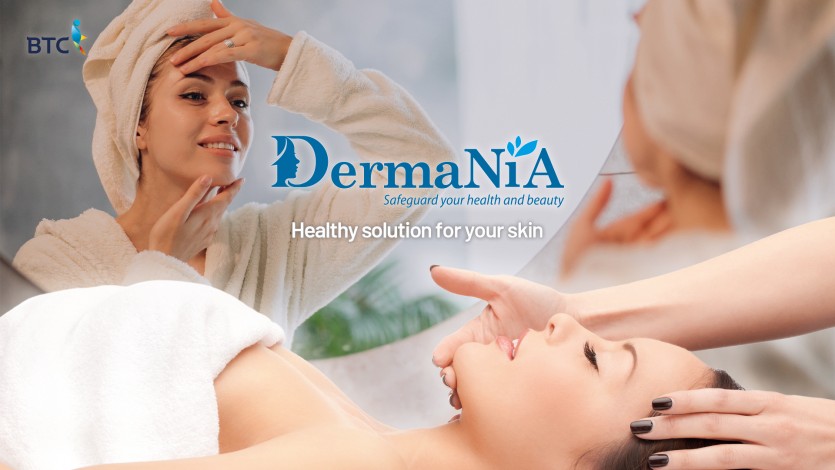Mechanism Research
페이지 정보
본문
Enzyme-Treated Zizania latifolia Ethanol Extract Protects from UVA Irradiation-Induced Wrinkle Formation via Inhibition of Lysosome Exocytosis and Reactive Oxygen Species Generation
Abstract
Ultraviolet A (UVA) is a risk factor for photoaging and wrinkle formation. Zizania latifolia is an herbaceous perennial plant. It contains many bioactive compounds such as tricin that show antioxidative and anti-inflammatory effects. The aim of this study was to investigate the antiwrinkle effect of a mixture of hydrolytic enzyme (cellulase, hemicellulase and pectinase)-treated Z. latifolia extract (ZLE) and tricin on UVA-irradiated human dermal fibroblasts (HDFs) and SKH-1 hairless mice. Treatment of UVA-irradiated HDF cells with ZLE and tricin significantly decreased UVA induced-plasma membrane rupture, generation of ROS, expression levels of total and secreted lysosomal associated membrane protein (LAMP-1), cathepsin B and metalloproteinases (MMPs) and inhibited NF-κB activation. In the animal study, UVA-damaged epidermal and dermal tissues were repaired by the ZLE and tricin treatments. Administration of ZLE or tricin to UVA-irradiated animals recovered skin surface moisture and collagen fiber in dermal tissue. Treatment of ZLE or tricin decreased wrinkle formation, secretion of MMPs and expression levels of vascular endothelial growth factor (VEGF) and cathepsin B, and increased the expression level of collagen-1 in UVA-irradiated animals. Overall, the ZLE and tricin treatments decreased the skin damage induced by UVA irradiation via inhibition of lysosomal exocytosis and ROS generation. Therefore, ZLE and tricin are promising as antiwrinkle and antiphotoaging agents.


